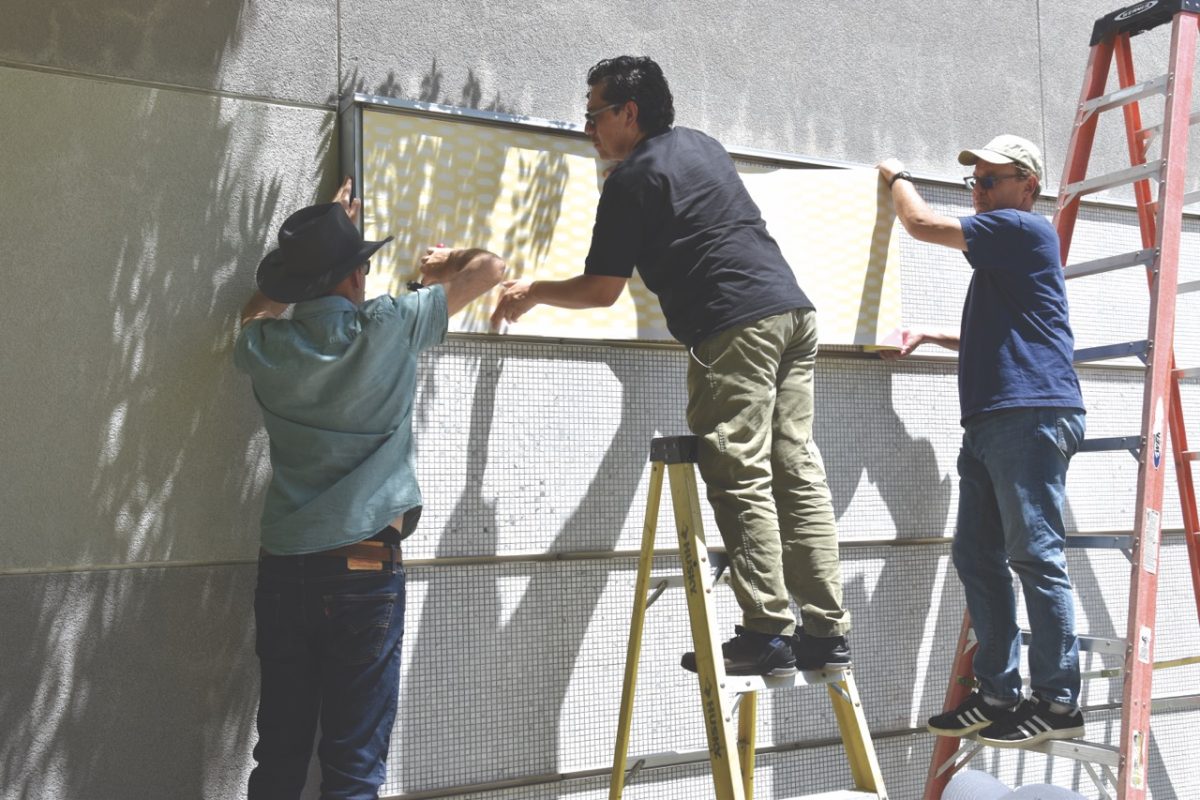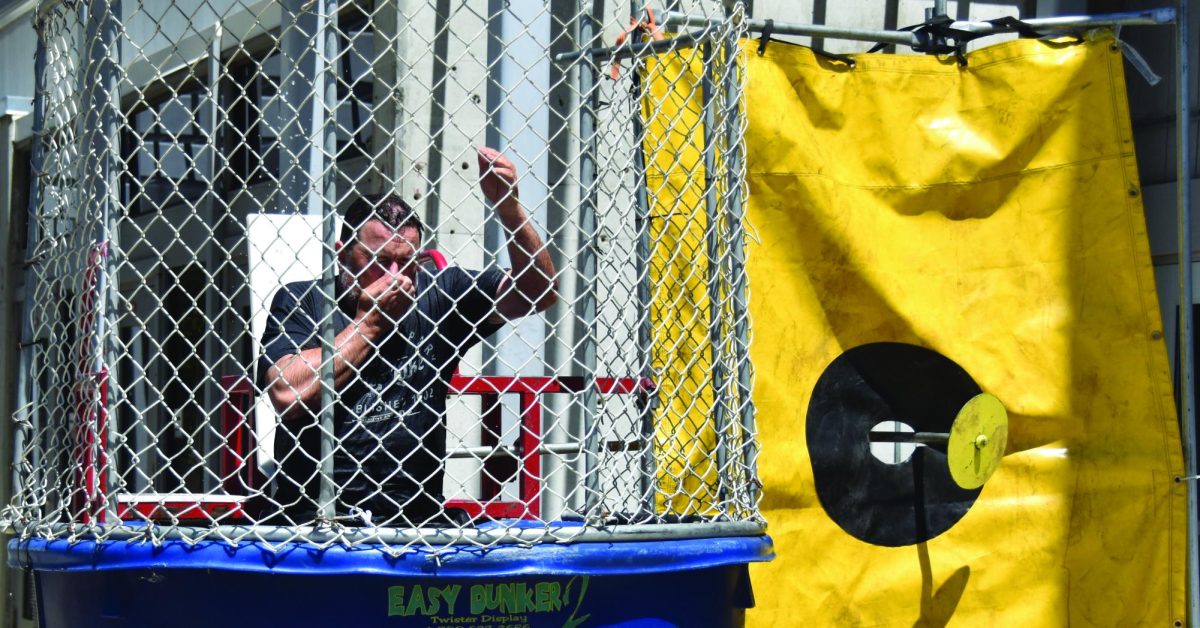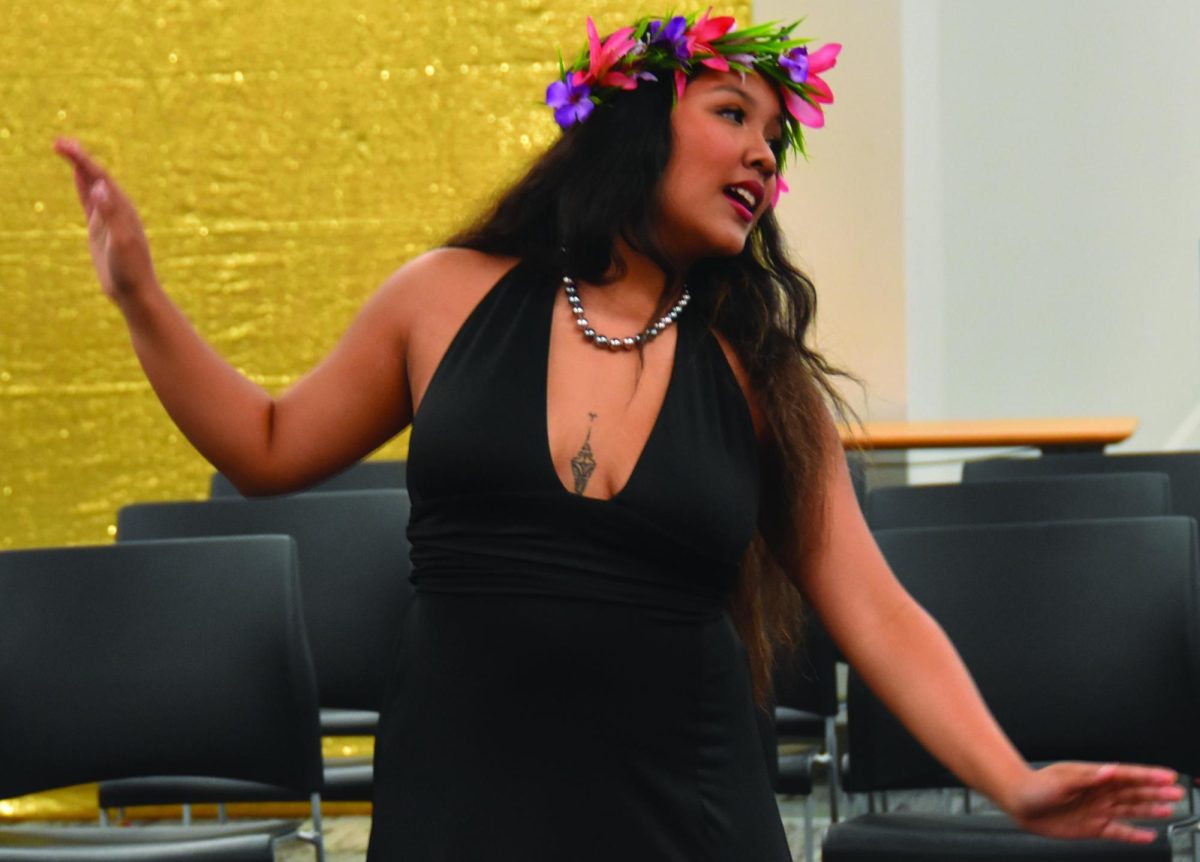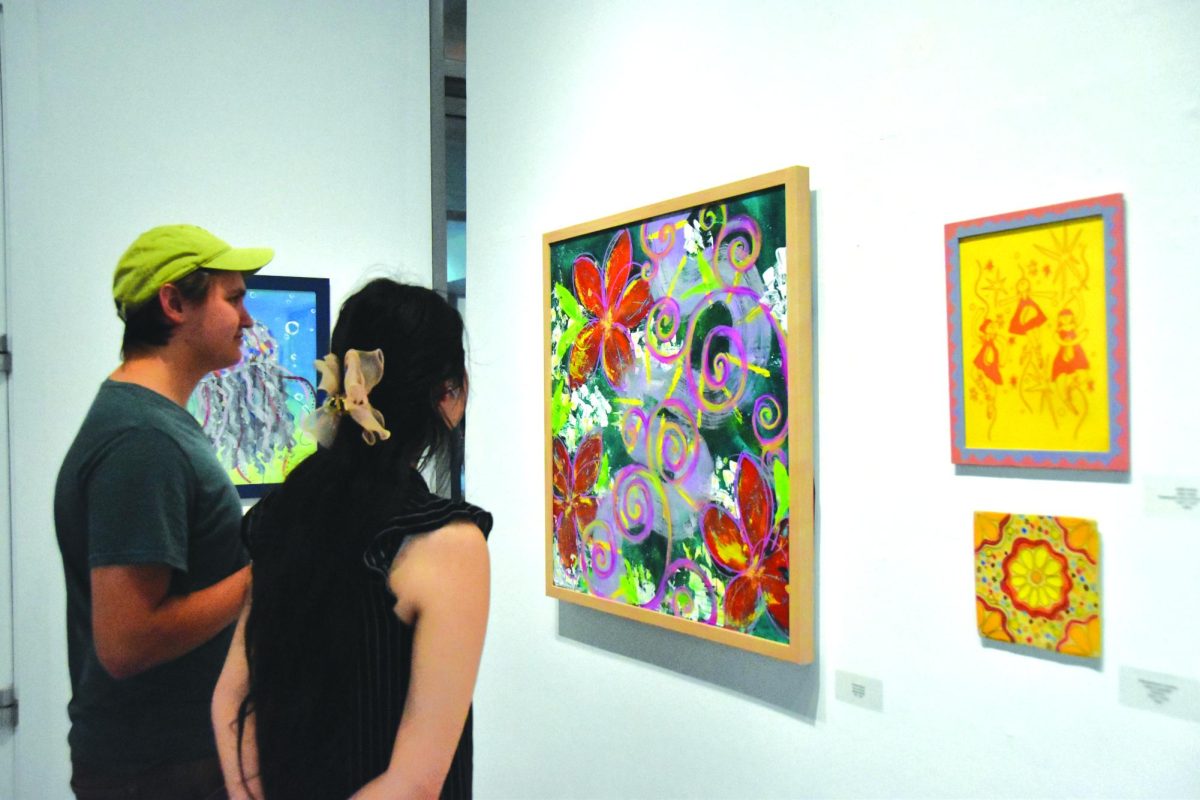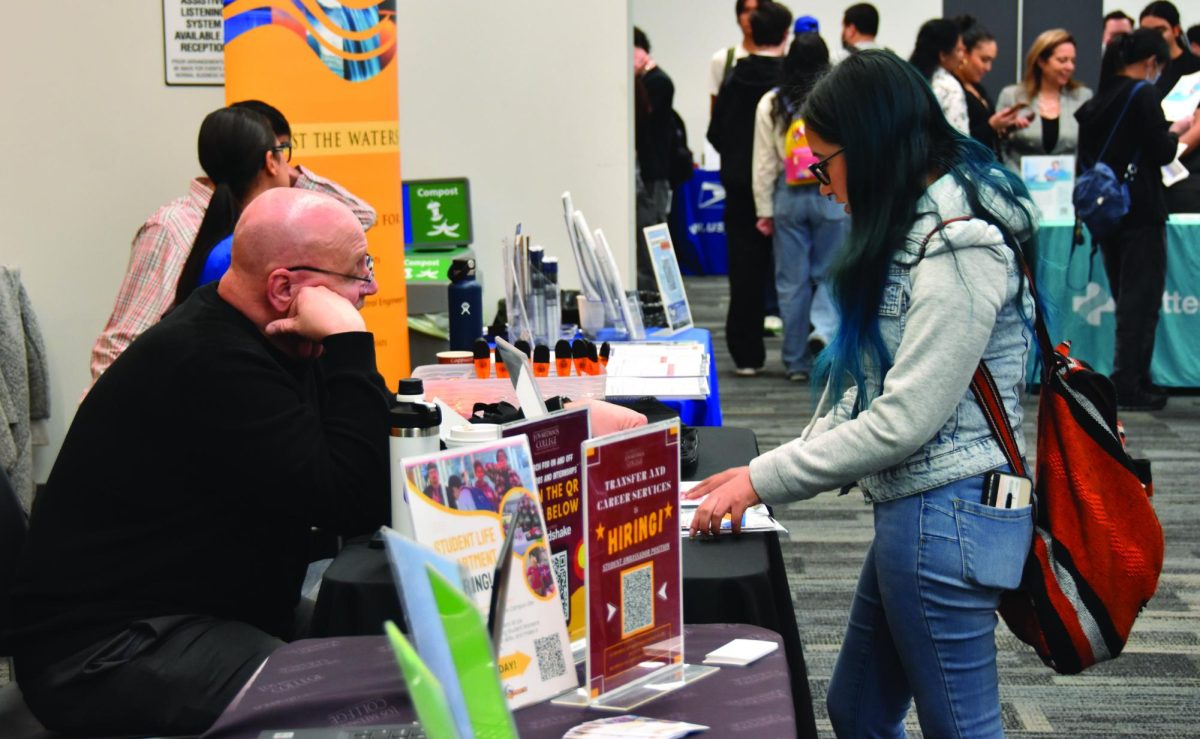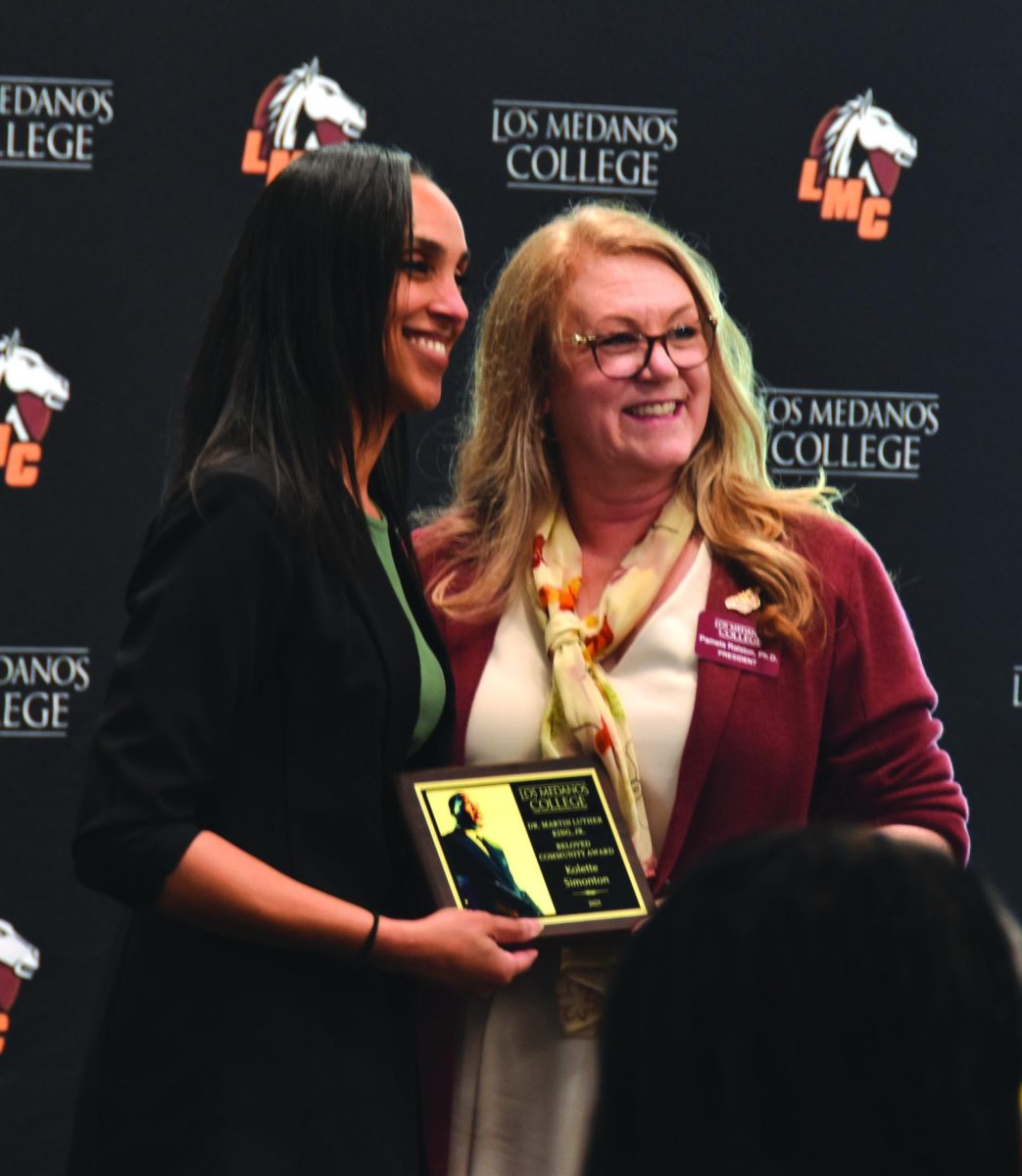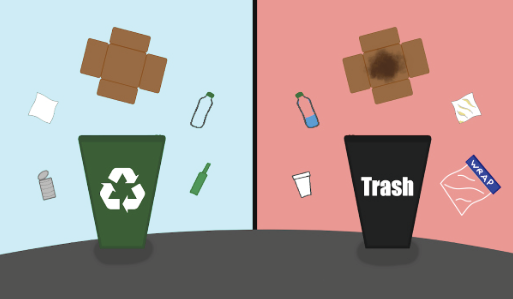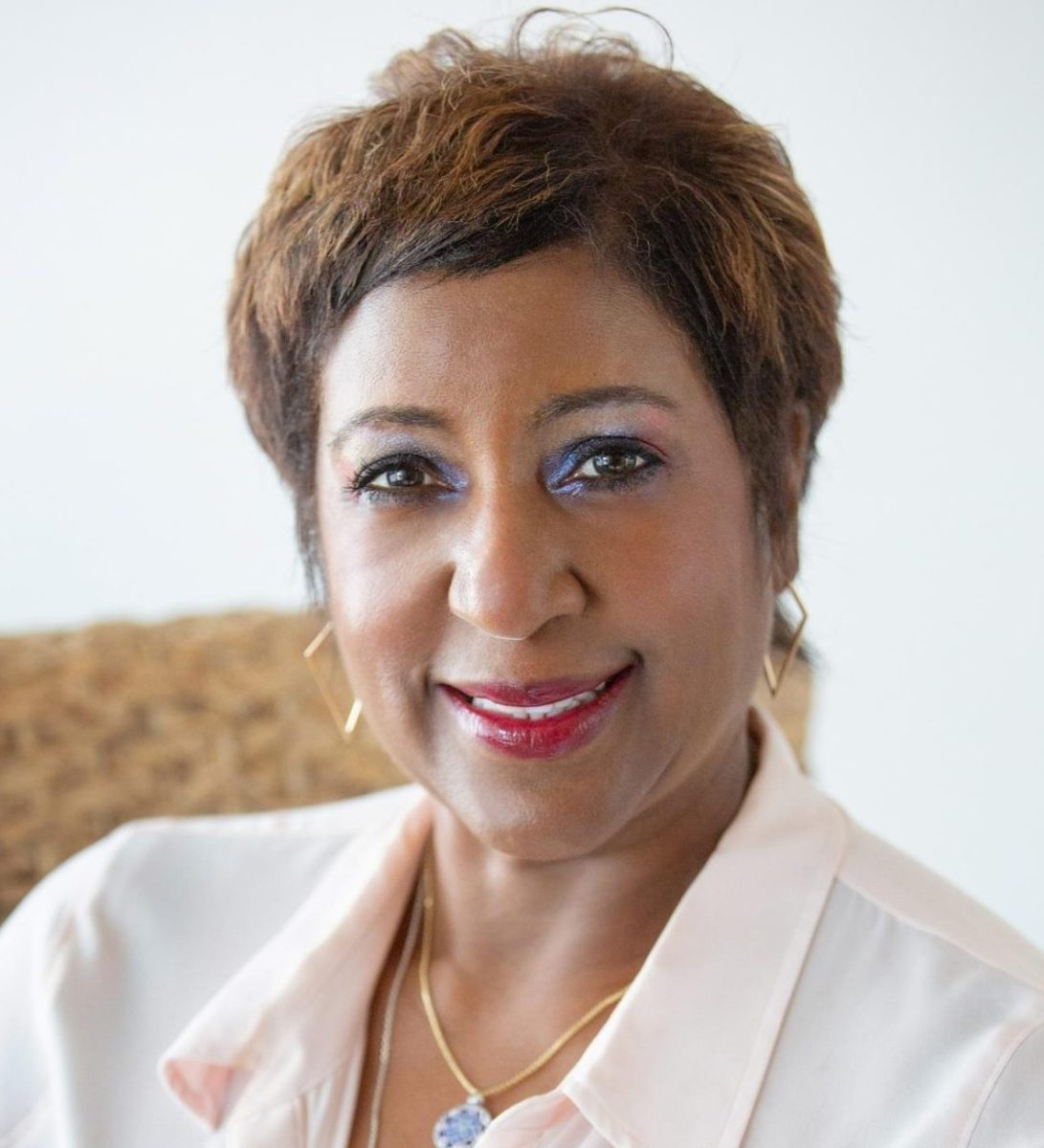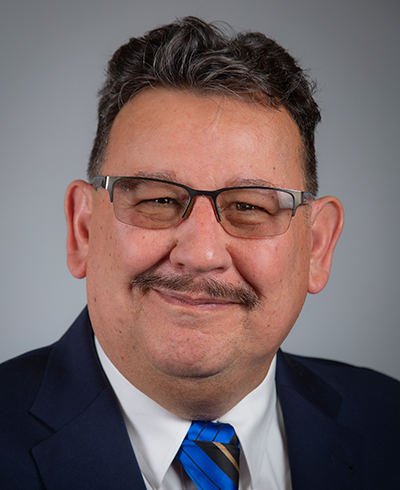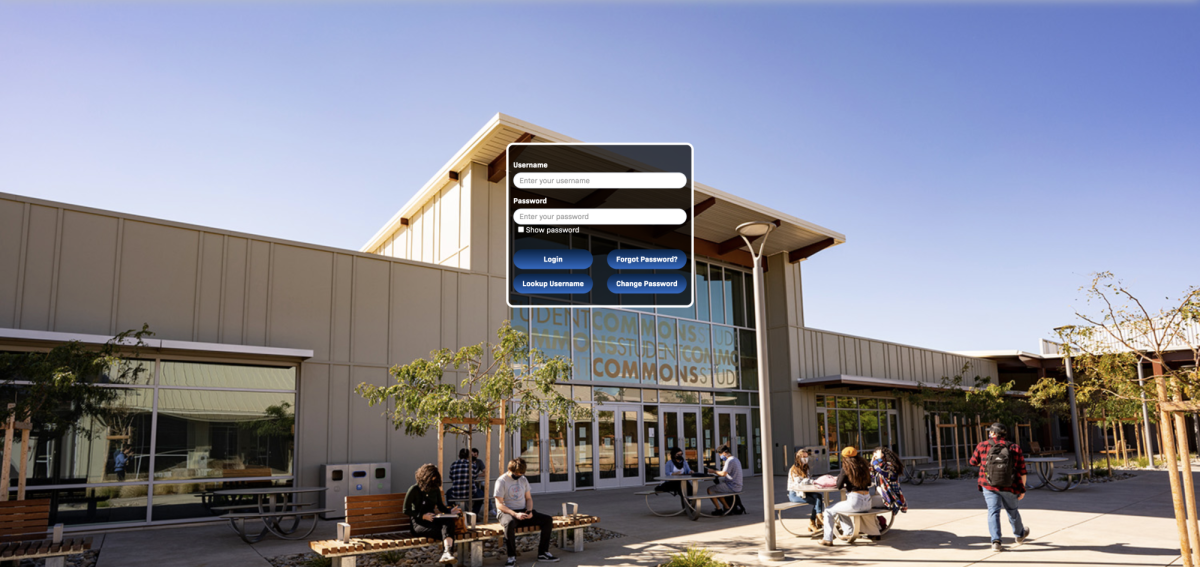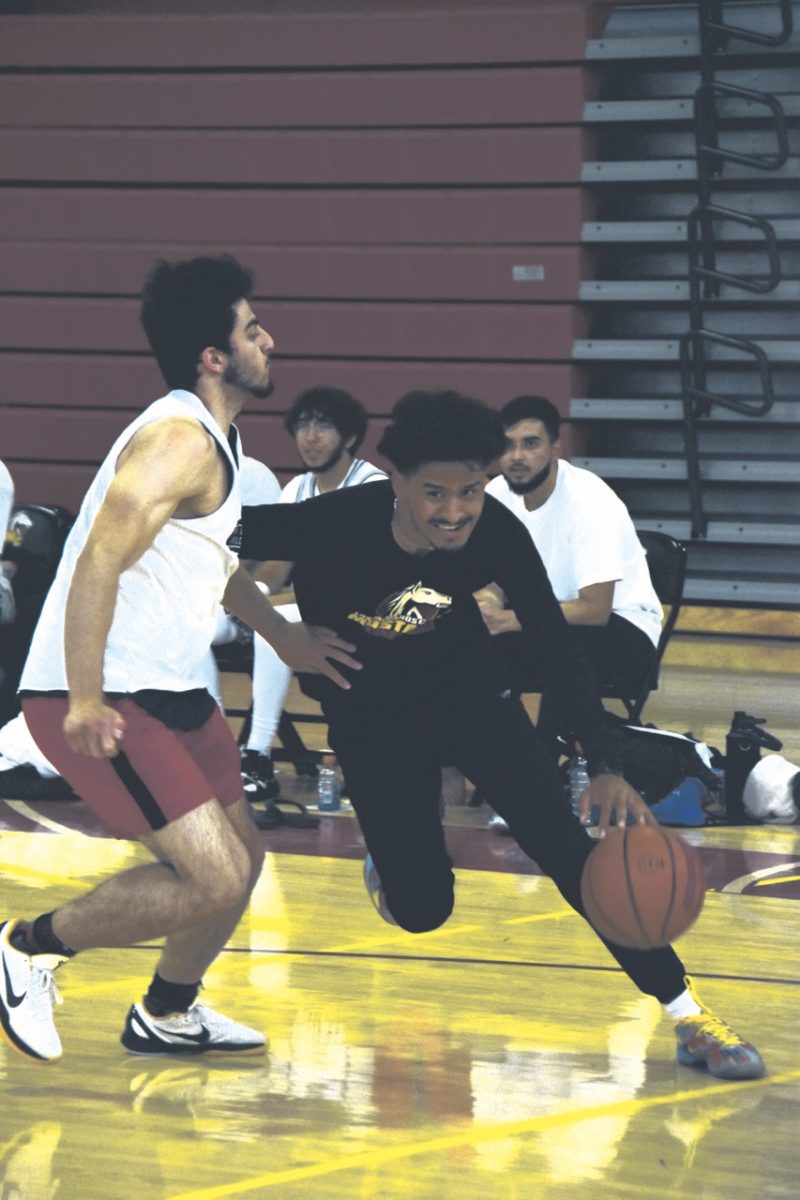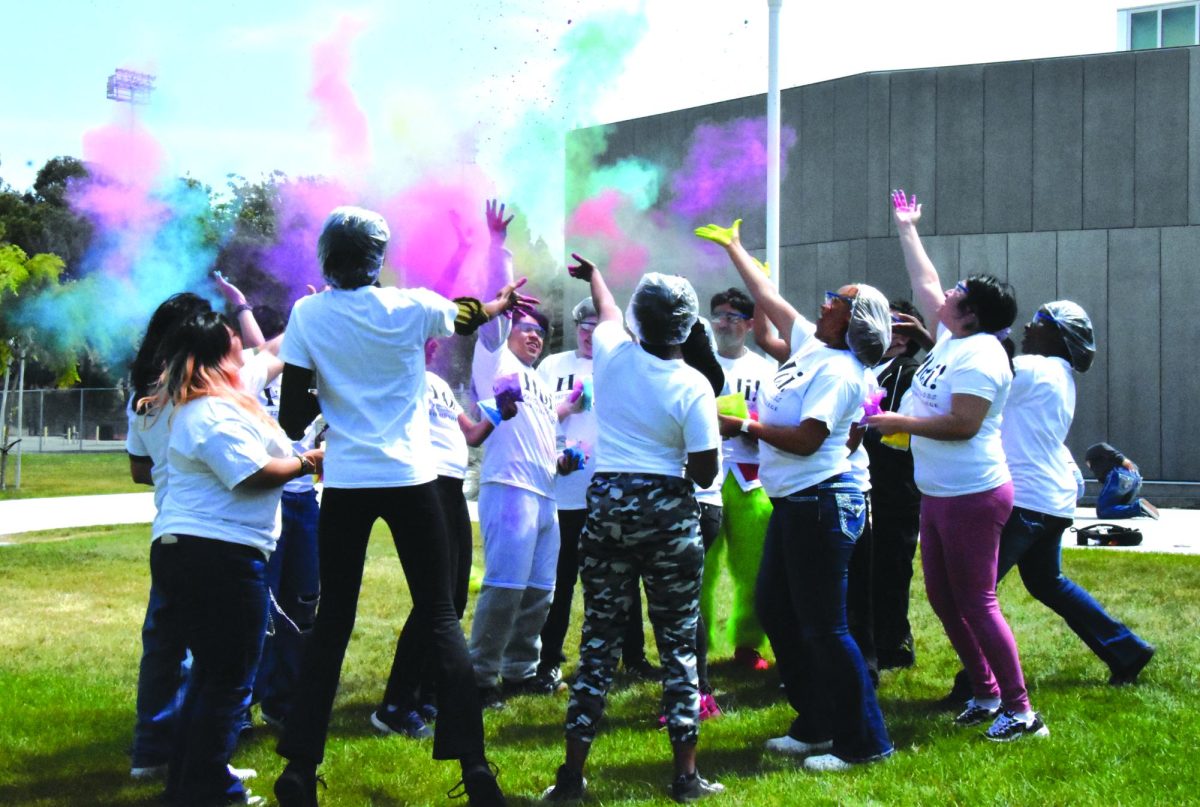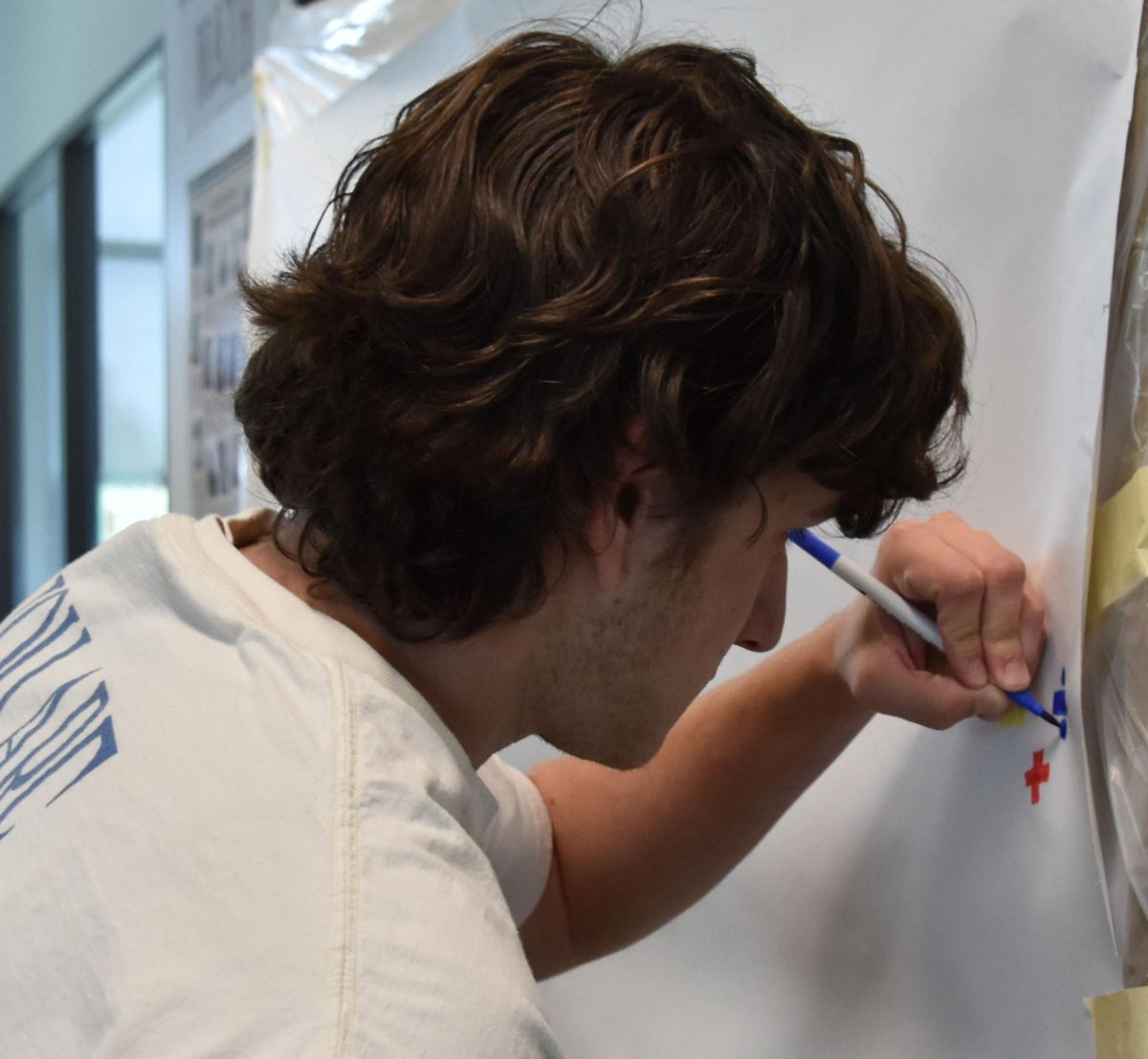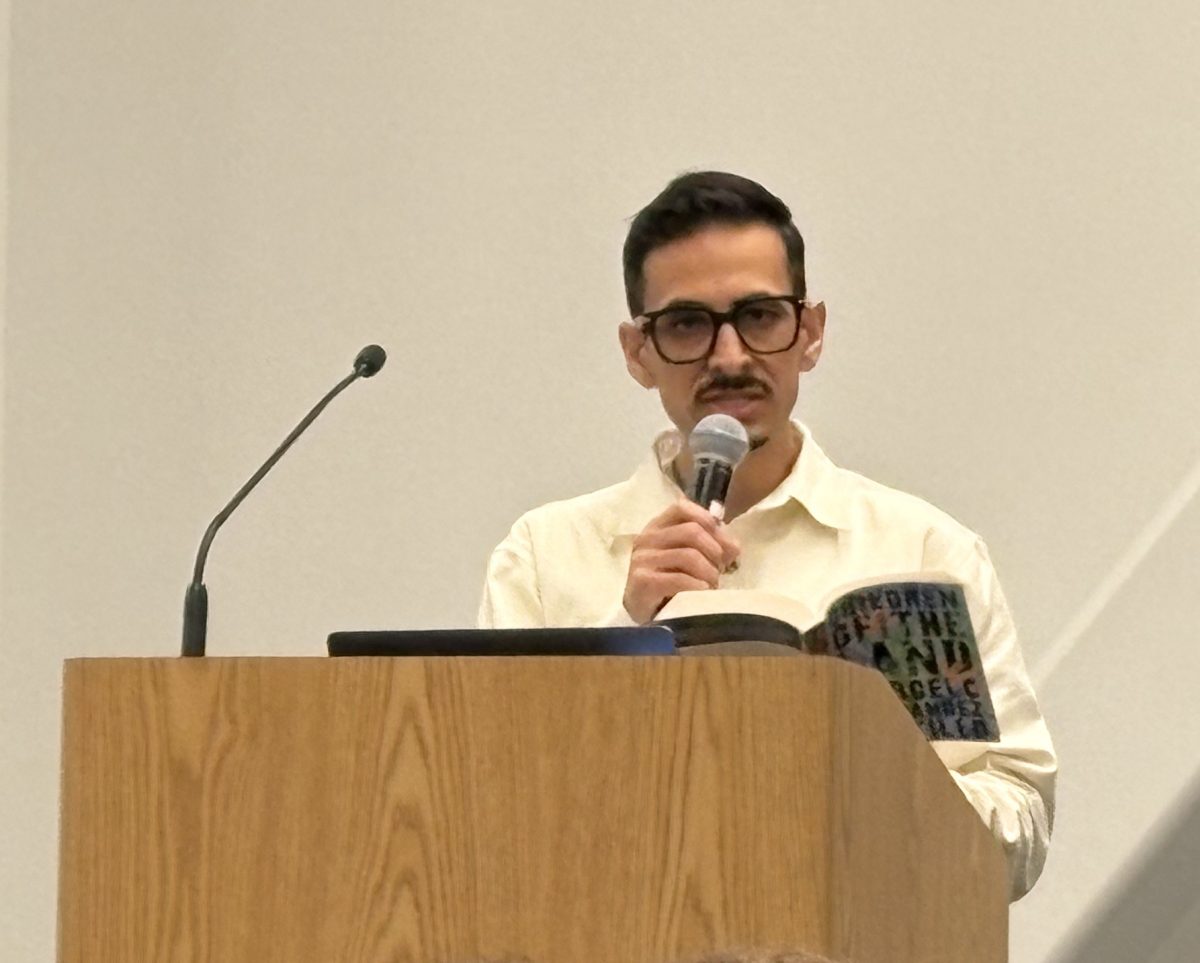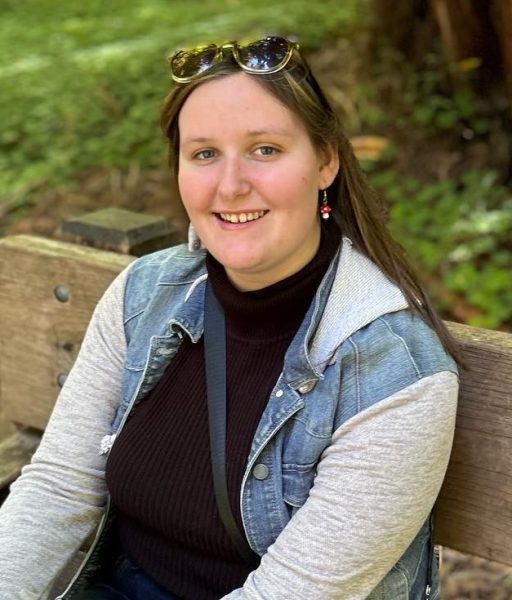“The days of seeing is believing are dead,” said Nolan Higdon, Diablo Valley College instructor and author of “The Anatomy of Fake News.”
Los Medanos College welcomed Higdon to campus on Oct. 2 for a workshop on identifying truth in election politics. The event also featured representatives Janet Hoy and Shawn Gilbert from the nonpartisan political organization The League of Women Voters of Diablo Valley. More than 80 participants attended the event to learn more about Fake News in the media.
Speakers sought to bring light to the misinformation that circulates through the election year. The event opened with Hoy discussing the importance of multiple sources in social media and the difference between misinformation and disinformation.
Misinformation, she explained, is a mistake and there is no intent to harm. Disinformation, on the other hand, is done with the express purpose to spread false ideas. These ideas are often negative propaganda that causes readers to go down a “rabbit hole.”
“If it bleeds, it leads,” Hoy said, outlining the negative bias in our news cycle.
Hoy highlighted the fact that in today’s society people are drawn to negative news since it grabs their attention. She also noted that if something is repeatedly popping up in the media, it can become more believable.
“If you say it often enough — even if it is a lie — people will believe it,” Hoy said, adding how the former President Donald Trump uses this tactic to captivate audiences.
Hoy said the prevalence of AI has made it easier for things to be faked, and illustrated the problem by showing three AI images to the audience and asking which ones were real and which ones were generated by AI.
The audience consensus was that one out of the three photo examples, a photo of former Microsoft CEO Bill Gates looking out of a window, was real. Hoy revealed that none of the photos were real, demonstrating how easy it is for images to be faked.
“It’s important to know where news is coming from and what the bias is,” said Hoy.
She explained that different news outlets span the range of left-to right-leaning, and a few are neutral. She identified strategies such as cross referencing and double checking the sources of information, including where the funding is coming from.
Following Hoy, Gilbert addressed the insecurity surrounding the voting process these days, as well as the significance of casting a vote in California.
One source of voting insecurity lies within the false claims that voting machines are unreliable in scanning votes. This results in a lack of confidence in the election process, which can dissuade people from voting.
Gilbert then acknowledged how difficult the voting process can be outside of California.
“In some states, they have to apply for ballots and show a picture ID to go to the polls,” said Gilbert.
He noted that unlike other states, California has an easy registration process and encourages attendees to vote.
Higdon addressed fake news specifically and also resurfaced the use of AI technology in the media.
“When content that confirms your bias, that is false, can consistently be sent at you, people conflate familiarity with veracity,” Higdon said.
Higdon also explained the problem of gaslighting, a form of manipulation that causes people to doubt their own reality and perspective.
“If they can’t attack the argument instead they attack them on a personal level,” he said.
The event concluded with a Q&A session with Higdon, Hoy and Gilbert answering questions from students and professors. One participant asked a question about the fake news former President Trump spread about the 2020 election being stolen, prompting his supporters to question the results.
“We need to learn to accept the candidate even if it’s not the one we initially wanted,” Higdon said.
Hoy added, “The former president was saying things with a big megaphone,” reinforcing her earlier comment of just saying something repeatedly doesn’t make it true. But she acknowledged, “He was the president of the United States, with immense power and scale.”
One of the powerpoint slides projected behind speakers reminded the audience that 3,243 separate elections will be held on Nov. 5, with all 58 counties in the state participating. In California, the last day to register to vote is Oct. 21.
— Reporter Danny Amerson contributed to this report.



